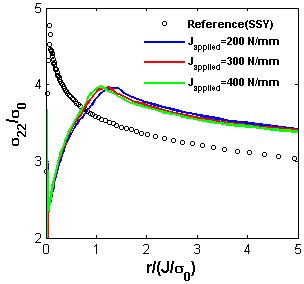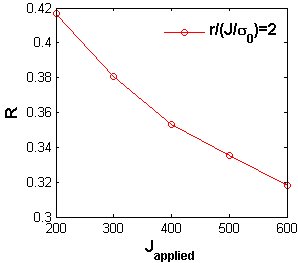|
Crack-tip constraint
Residual stresses influence the crack-tip driving force and constraint, and play a crucial role in the structural integrity assessment. The validity of the proposed parameter R for quantifying the effect of residual stresses on the crack-tip constraint has been investigated by means of a parameter study. A modified boundary layer (MBL) model has been applied into which the residual stresses have been introduced by means of the eigenstrain method.
Results:
|
|||




